North Carolina has been my home and subject since I moved from New Jersey to Raleigh in 1989. I have now photographed in 365 cities, towns and small rural communities across the state.
Category: Portfolios & Galleries
-

Stunning Photos of Alaska’s Four Seasons Photographed Through One Window
Stunning Photos of Alaska’s Four Seasons Photographed Through One Window
“A meditation on one scene” is how Anchorage-based photographer Mark Meyer describes An Alaska Window, his collection of images he has been making for almost a year through the original sash windows with single pane glass in his 100-year-old log house. He tells us the windows are “terrible for energy efficiency in a climate like Alaska, but they tend to take on the character of the weather and can be quite striking. So I started a study in minimalism that explores the subtle and sometimes not so subtle changes throughout the year.” Wonderfully tranquil, Meyer’s windows are abstract in their beauty and nostalgic in their passage of time and season.
via Feature Shoot: https://www.featureshoot.com/2013/09/stunning-photos-of-alaskas-four-seasons-photographed-through-one-window/
“A meditation on one scene” is how Anchorage-based photographer Mark Meyer describes An Alaska Window, his collection of images he has been making for almost a year through the original sash windows with single pane glass in his 100-year-old log house
-

Pumpjacks: Photographs of Oil Seen from Space by Mishka Henner
LightBox | Time
Read the latest stories about LightBox on Time
via Time: https://time.com/section/lightbox/
Eighteen Pumpjacks is part of a larger project I’m working on related to the impact of American industry on its landscape. From the lofty heights of imaging satellites orbiting earth, the abstract forms created by oil fields resemble the shapes and patterns of circuit boards. Over time, I began to wonder if these images reflected something more profound about US pursuits and preoccupations at home and abroad.
-
The Photographers on Photography
Chances are if you walked past a National Geographic photographer on the street, you wouldn’t know it—and that’s how they like it. As photographer and Editor at Large Michael “Nick” Nichols puts it, “I want people to remember the pictures, not my name or what I look like.” But as part of our 125th anniversary special issue this October, we wanted to turn the camera around on Nick and his fellow photographers.
-
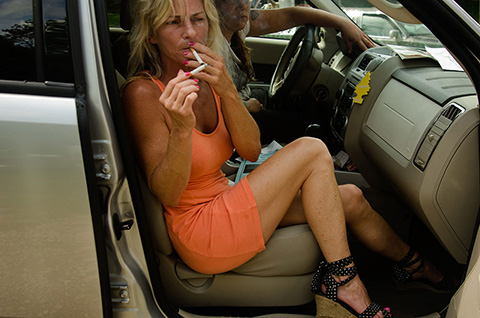
Renegotiating a Complex History – Stacy Kranitz’s Portrait of Central Appalachia
Renegotiating a Complex History – Stacy Kranitz’s Portrait of Central Appalachia
Stacy Kranitz’s work “As It Was Given To Me” is a complex and evocative body of work made in central Appalachia that places the photographer squarely in the middle of the conversation.
via Feature Shoot: https://www.featureshoot.com/2013/10/renegotiating-a-complex-history-stacy-kranitzs-portrait-of-central-appalachia/
Stacy Kranitz’s work “As It Was Given To Me” is a complex and evocative body of work made in central Appalachia that places the photographer squarely in the middle of the conversation. These images are a brave attempt to renegotiate a people and a place that have been stereotyped and marginalized, and whose habits, customs, and mannerisms have been codified to better fit outsiders’ perspective of a subculture with whom much of America is not at all familiar.
-
Reality on a Need-to-Know Basis
Now I have this further distinction, whether to go with stills or video. At 15 seconds, an Instagram video is almost more like a shifting still—in between a still and a video. I can open a window to our other senses. For me it’s the sound even more than the motion. It feels less permanent than a still image but can feel more real
-

The Non-Conformists: Martin Parr’s Early Work in Black-and-White
LightBox | Time
Read the latest stories about LightBox on Time
via Time: https://time.com/section/lightbox/
“In the 70s, in Britain, if you were going to do serious photography, you were obliged to work in black-and-white,” master photographer Martin Parr tells TIME. “Color was the palette of commercial photography and snapshot photography.”
-

Duane Michals: Heart of the Question
Duane Michals: Heart of the Question
Art should be vulnerable, says Mr. Michals, who believes that images should be about what something feels like as well as what it looks like.
via Lens Blog: http://lens.blogs.nytimes.com/2013/10/31/duane-michals-heart-of-the-question/
Jimmy Nelson is about to release Before They Pass Away, a massive book—both physically and thematically—that’s the result of three-and-a-half years spent documenting vanishing cultures. In what is perhaps the most comprehensive contemporary look at some of the world’s last remaining tribes, the book chronicles Nelson’s experiences photographing 35 populations that have neither adapted to the modern world, nor shown a desire to join it.
-

Adam Krause photographs Brooklyn skinheads in his series, “Greenpoint Brooklyn Nazi Skinheads.”
Life as a Nazi Skinhead in Brooklyn
Photographer Adam Krause was at his local gym when he first met the guys who’d become the subjects of his series “Greenpoint Brooklyn Nazi Skinheads.”…
via Slate Magazine: https://slate.com/culture/2013/11/adam-krause-photographs-brooklyn-skinheads-in-his-series-greenpoint-brooklyn-nazi-skinheads.html
Photographer Adam Krause was at his local gym when he first met the guys who’d become the subjects of his series “Greenpoint Brooklyn Nazi Skinheads.” Krause grew up in Florida and was part of a tough punk rock community himself. “I knew the guys were skinheads after recognizing a racist band on one of their T-shirts. I think my background of being involved in the punk scene just helped me identify these guys, similar to someone interested in cars probably can identify a certain model of car,” he said in an email.
-
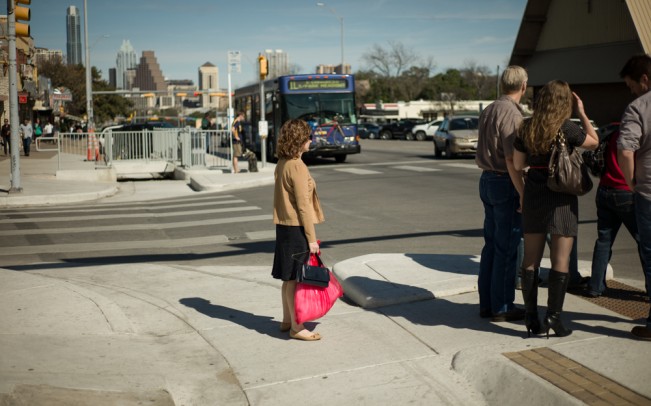
Michael Tittel: Behavior
Michael Tittel: Behavior – LENSCRATCH
This week we are sharing work submitted to Lenscratch… It does not happen often, but every now and then I will catch someone sneaking a candid of me in public. It is the photographer in me that relates to the strides taken for the perfect image, and because of this I always pretend I cannot
via LENSCRATCH: http://lenscratch.com/2013/11/mike-tittel/
Our daily social journeys are built on instantaneous and fleeting views that are often not grounded in truth but are instead formed by our perceptions of the hundreds of situations we observe. The saying “perception is everything” is the reality of our daily social interactions. This work is about those perceptions we form countless times every day. Reaction to these images is as relevant to me as the actual subject matter portrayed. Within this perceived truth, what is most interesting is the control of the photographer versus the vulnerable portrayal of the subjects and their activities.
-
leica en méxico
Color is what drives me and how I see. It’s the first thing I look for when breaking down a scene, and the last thing that stands in the way of a good photo. Without it, you’re in black-and-white-land, and as much I love BW photography, there’s nothing like an oversaturated gratuitous explosion of color within four corners of a frame. It is my mistress, my muse, and my mission.
-

Flashback to the Timeless Malls of the 1980s
LightBox | Time
Read the latest stories about LightBox on Time
via Time: https://time.com/section/lightbox/
The funny thing is, looking at Galinsky’s photos, is that we can’t tell one mall from the other. We have no way of knowing if he was in South Dakota or Indiana, Arkansas or Kansas. Without marking his slides, Galinsky, too, realized then, he’d have no way of knowing where in America, exactly, he’d been. But it turns out, looking back some 30 years later, it’s not so much where that matters, but when.
-

TIME Picks the Best Photos of 2013: Bangladesh, Syria, and More
LightBox | Time
Read the latest stories about LightBox on Time
via Time: https://time.com/section/lightbox/
Our top ten photographs of 2013 celebrate a variety of images from a multitude of photographers, including seasoned photojournalists Tyler Hicks (the Westgate Mall Massacre in Nairobi), Philippe Lopez, (Super Typhoon Haiyan’s destructive wrath upon the Philippines), and John Tlumacki, for his extraordinary coverage of the terror bombing at the Boston Marathon.
-
Antonia Zennaro: Libya’s Deserted Borders
Antonia Zennaro, born in 1980, is an Italian photographer, currently based in Hamburg, Germany. She is a freelance photographer who, next to her commissioned works for magazines and newspapers, is dedicated to long-term projects on social issues and creating social documents. Her book “Reeperbahn” was published in 2013.
-
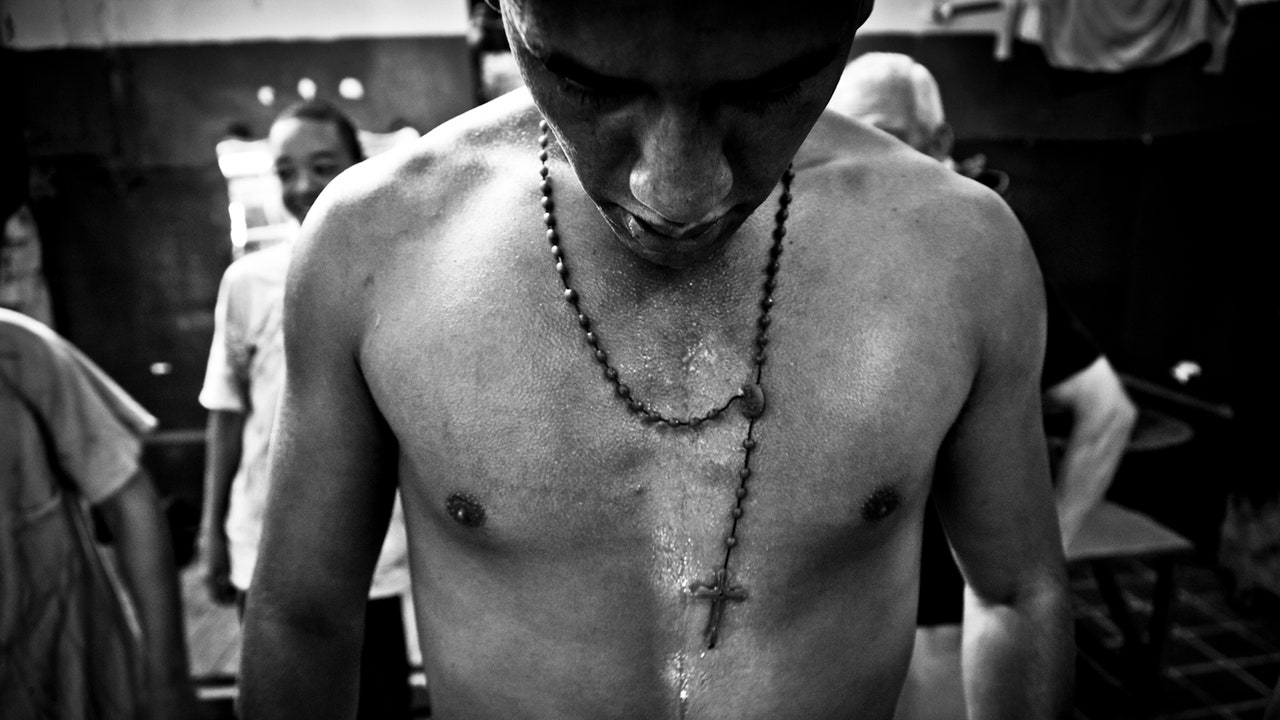
Postcard from Peru: Boxing for a Dream
Postcard from Peru: Boxing for a Dream
via The New Yorker: https://www.newyorker.com/culture/photo-booth/postcard-from-peru-boxing-for-a-dream
The city of Callao is the main port of Peru, one of its most dangerous places, and also a major proving ground for many of Peru’s première boxers. “This sport has always been a window of opportunity for young people,” the photographer Sebastián Enriquez told me. “It is an area where many of the country’s youth learned to leave their problems in the ring and find a future by the glove.”
-

Photo Projects That Made For A Better 2013
Photo Projects That Made For A Better 2013 – PhotoShelter Blog
It’s that time of the year when we all take a moment to reflect back on the major events that will forever be remembered, the trends that changed our zeitgeist, and the pop culture phenomena that will soon be forgotten. For the photo industry, this was the year that the word “selfie” was coined Webster’s…
via PhotoShelter Blog: https://blog.photoshelter.com/2013/12/photo-stories-changed-2013-better/
We celebrate the series of works below as a testament to the power of the still image, the stories that stand behind them, and the photographers that had the courage to tell them — and the thousands, if not millions, of people that shared them with their worlds
-
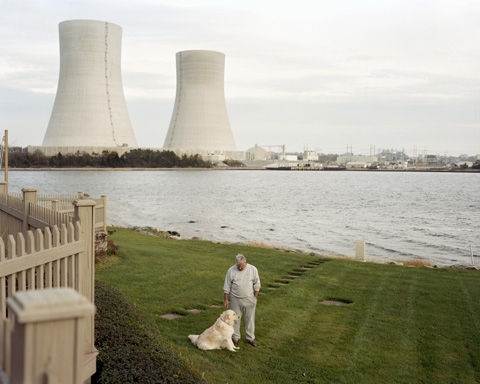
Photos Explore the Complicated Relationship of Coal Mines and Communities in Rural Appalachia
Photos Explore the Complicated Relationship of Coal Mines and Communities in Rural Appalachia
In Our Veins is San Franciso-based photographer Justin Kaneps’ series exploring the interdependency between the American coal industry and its surrounding Appalachian communities. Focusing on the socioeconomic impact the industry has on these mining communities,
via Feature Shoot: https://www.featureshoot.com/2013/12/photos-explore-the-complicated-relationship-of-coal-mines-and-communities-in-rural-appalachia/
In Our Veins is San Franciso-based photographer Justin Kaneps’ series exploring the interdependency between the American coal industry and its surrounding Appalachian communities
-
Russians Adapt to a Freezing, Dark and Polluted Place
How do people adapt to life in one of the most polluted cities in the world, in sub-zero temperatures, during extended periods with no daylight?
Photographer Elena Chernyshova recently set out to explore those questions in Norilsk, Russia, a city of more than 170,000 people located above the polar circle
-
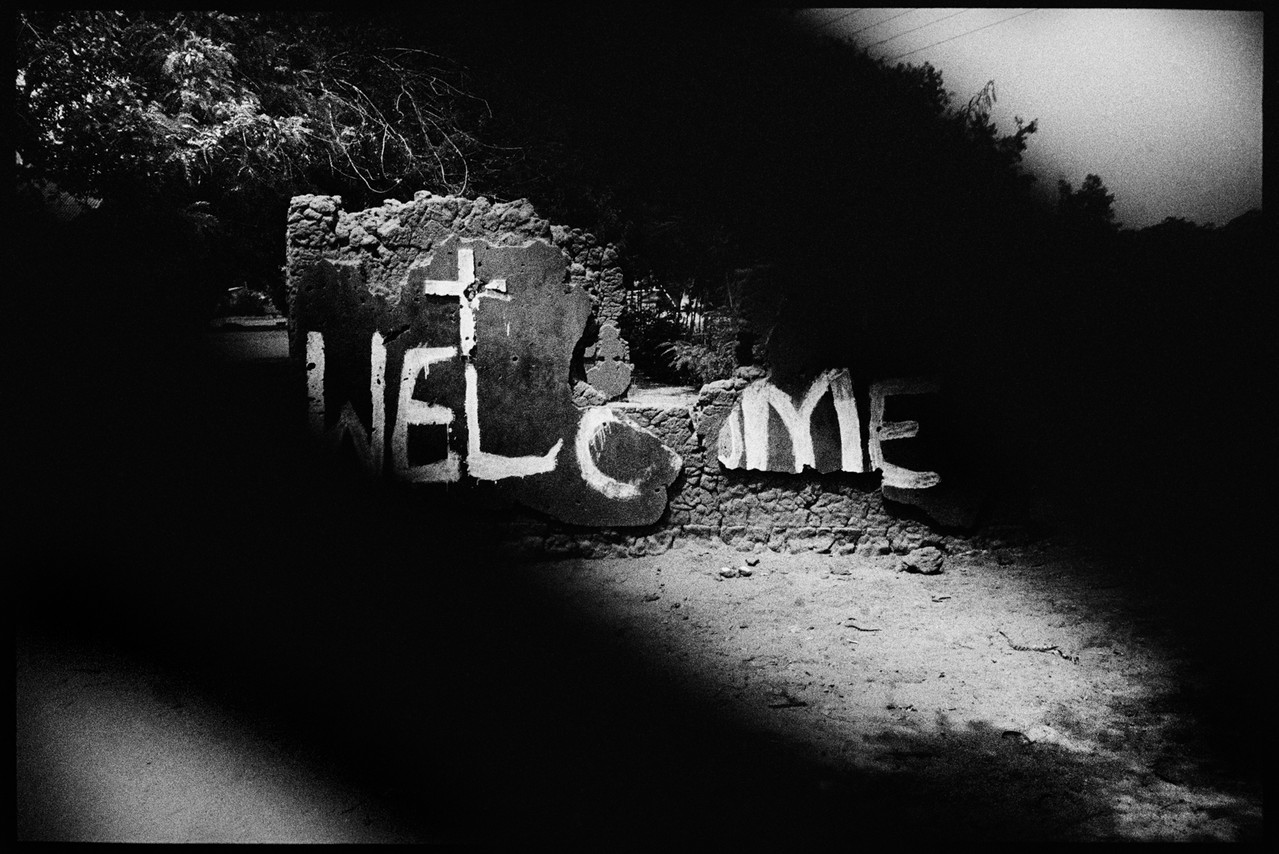
scott typaldos – butterflies
Scott Typaldos – Butterflies
Scott Typaldos Butterflies [ EPF 2013 SHORTLIST ] ESSAY CONTAINS EXPLICIT CONTENT To this day, I have extensively photographed the problematic of mental affliction in Ghana, Togo and Kosovo. My lon…
via burn magazine: https://www.burnmagazine.org/essays/2014/01/scott-typaldos-butterflies/
To this day, I have extensively photographed the problematic of mental affliction in Ghana, Togo and Kosovo. My long term goal is to create a global project on mental disease and the great inequalities present in its therapies. Since my last trip to the western african region, I have also developed relationship with local associations in many eastern European countires (Serbia, Moldavia, Albania, Macedonia) attempting to improve the local treatment of mental sufferers. My photographs can serve in raising money for their actions.
